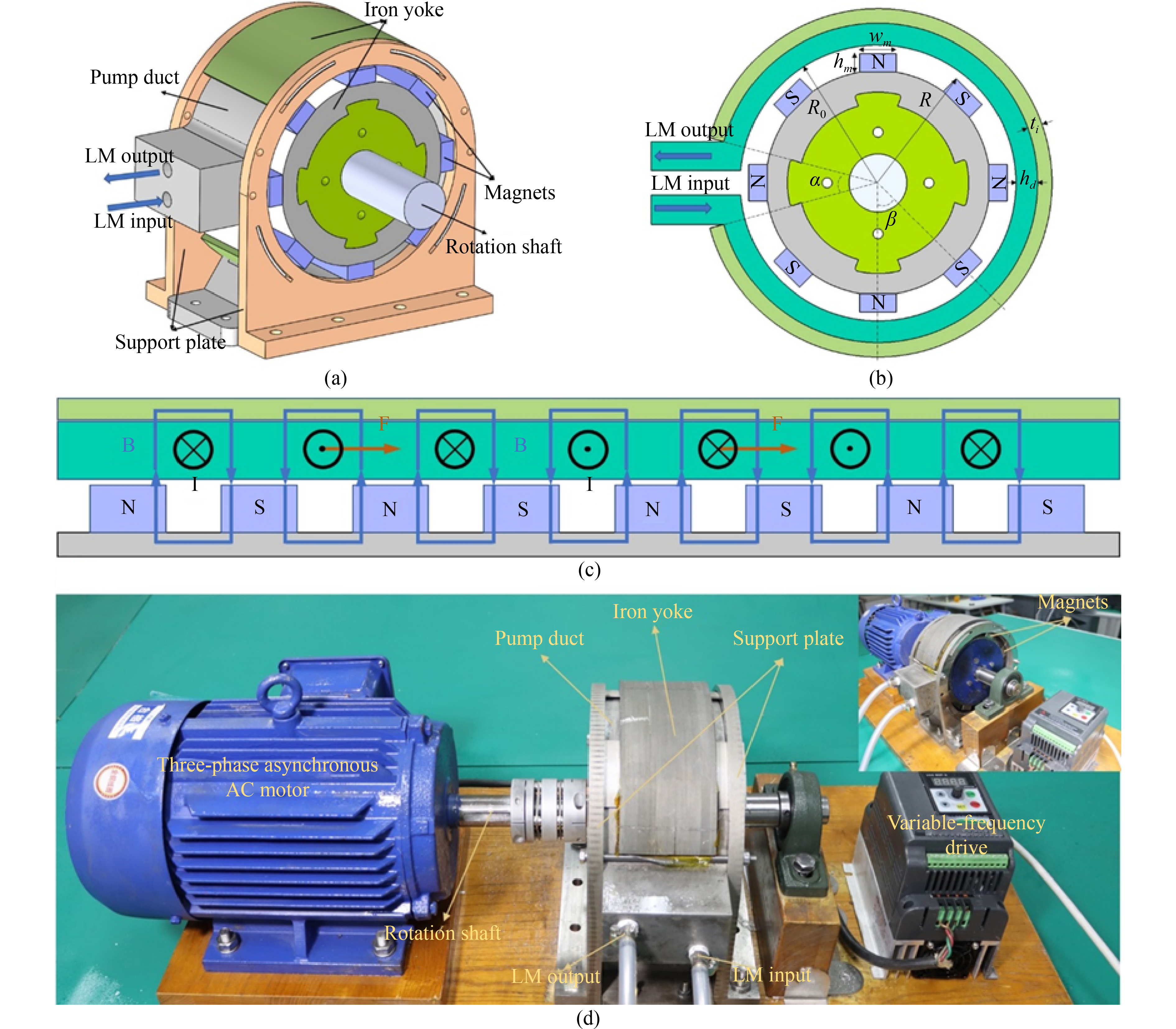Generally, microchannel denotes that the hydrodynamic diameter should be 1–100 μm, and the minichannel should be 100–1000 μm [
13], respectively. The micro/mini-channel-based thermal management technology has been widely investigated numerically [
14,
15], experimentally [
16], or analytically [
17]. Liu and Yu [
18] numerically investigated the performance of micro/mini-channel-based heat sink (whose channel dimension is 40 mm × 2.65 mm × 1 mm) and found that the micro/mini-channel-based heat sink can remove a heat flux of 8 W/cm
2 at a pressure loss of 2 kPa. Moreover, the heat transfer capability of the micro/mini-channel-based heat sink can be further enhanced through studying the influencing factors such as substrate material [
19] and geometry parameters [
20,
21]. Tuckerman and Pease [
8] experimentally investigated the effect of geometry parameters on the performance of the micro/mini-channel-based heat sink and demonstrated that heat transfer capacity of the micro/mini-channel-based heat sink can be improved by a large aspect-ratio channel. With a channel dimension of 0.05 mm × 0.30 mm × 10 mm, the heat sink can dissipate a maximum heat flux of 790 W/cm
2 but induces a pressure loss of 214 kPa, which means that the demand for pumping capacity is higher. Except for the influencing factors mentioned above, the heat dissipation performance of the micro/mini-channel-based heat sink is also restricted by the inherent thermophysical properties of the traditional coolants [
22]. Recently, with its non-toxicity, the room-temperature gallium-based liquid metal (LM) is considered as an ultra-high potential extreme thermal management coolant, mainly due to its superior thermal conductivity, high boiling point, and low viscosity [
23,
24]. In addition, LM can be made into magnetocaloric ferrofluids which can make future fluidic magnetocaloric devices possible [
25]. Except for the powerful heat transfer and extraction performance, LM can also be driven by the advanced electromagnetic pumping technology, mainly because of its high electrical conductivity, bringing huge opportunities in advanced thermal management [
26].













